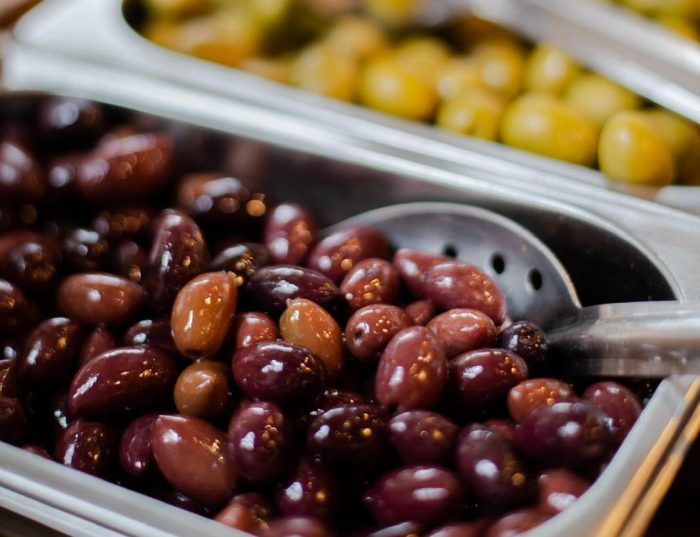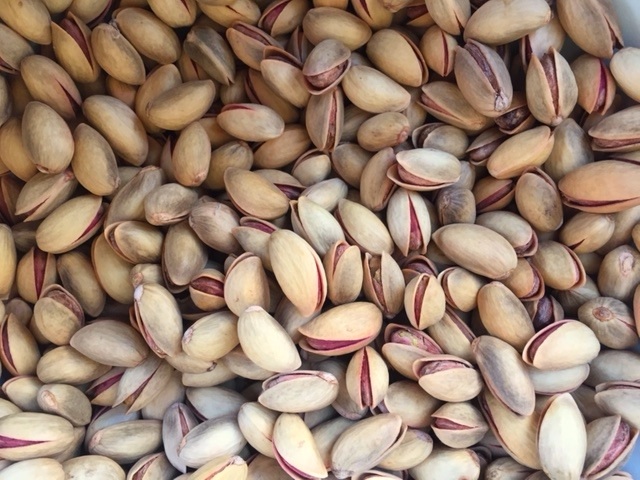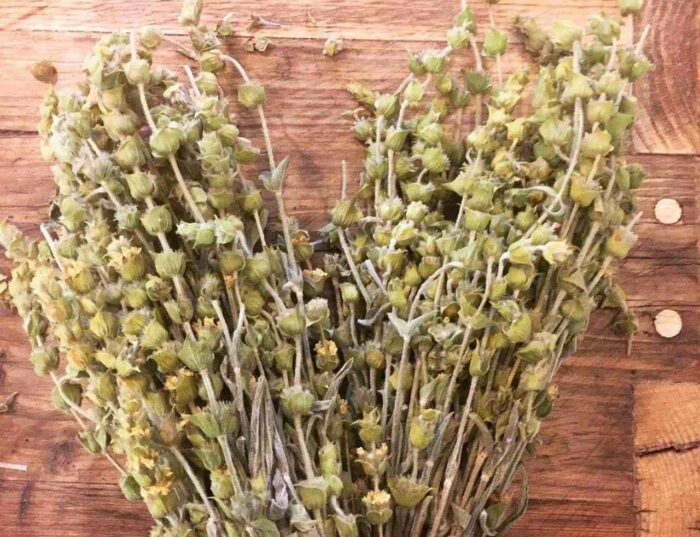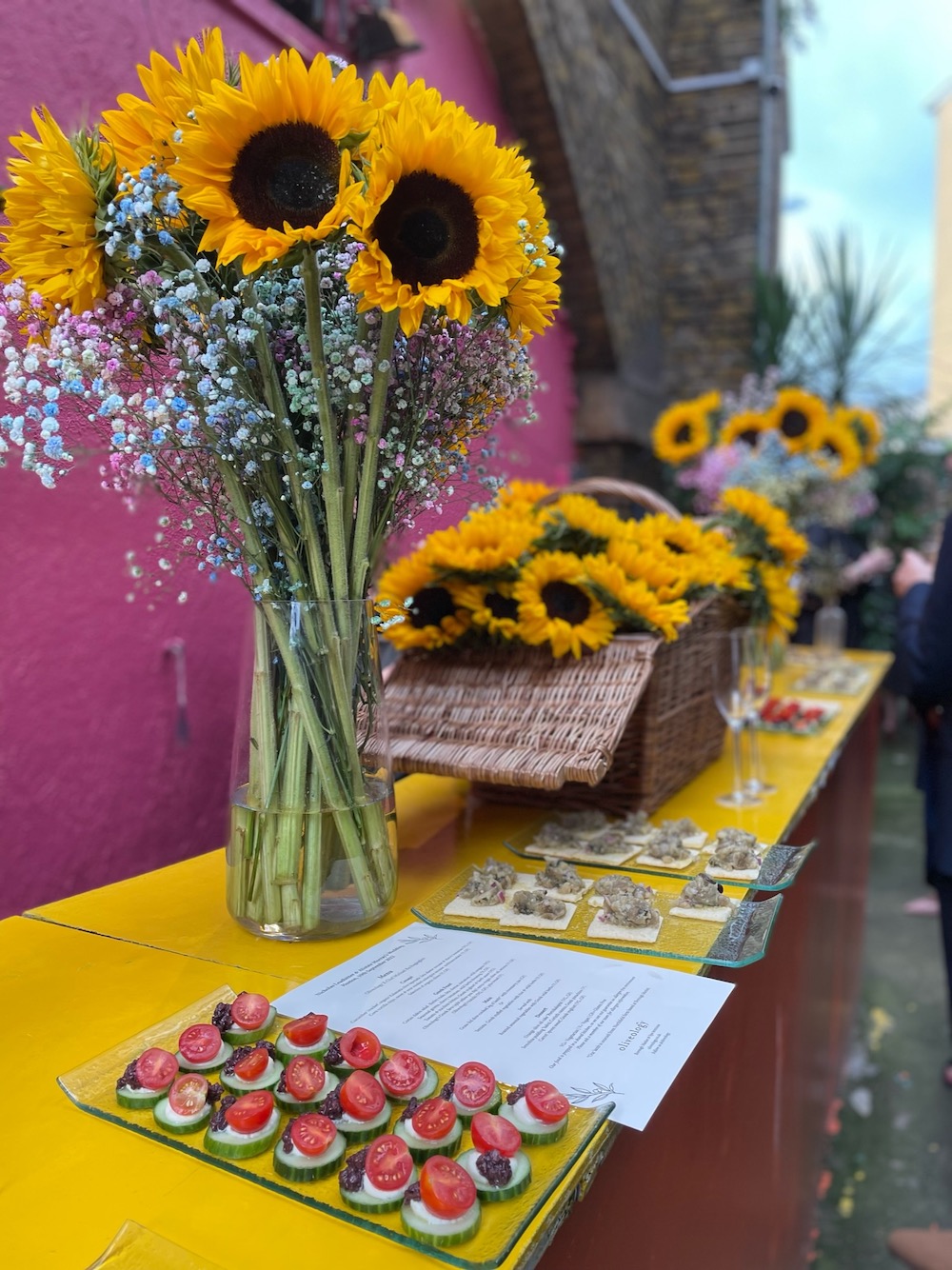It is always exciting when we bring new products into the store. We all gather around as Marianna explains what each ingredient is, where it’s coming from, the story of the producer. This week we are introducing mastiha or mastic! Come by our shop at Borough Market, we’ve got mastiha in crystals, mastiha gum and a pure essential oil that you will find fascinating.
It is often that these foods carry beautiful histories. This week I’ve researched mastiha for you. So join me, as we travel back in time and get to know what mastiha is. So, let’s start from the basics: Chios Mastiha is the name of a resinous sap produced from the mastic tree.
Its history goes back to the depths of time… Legends, traditions, religions, places, voyages, people and cultures compose the myth of Chios mastiha. Ever since the Roman Empire up to the Byzantium, the Venitians and the Ottomans, and from the first Lokum (or Turkish Delight ) produced with sugar syrup, pistachios and mastiha in the 18th c. in Istanbul to the traditional saliq (a type of rice porridge in Saudi Arabia), mastiha enchants people with its unique aroma and taste.
The word mastic derives from the Greek verb μαστιχείν “to gnash the teeth”, which is the source of the English word masticate.
It is a natural, aromatic resin in teardrop shape, falling on the ground in drops from superficial scratches induced by cultivators on the tree’s trunk and main branches with sharp tools. As it drips, this sap appears as a sticky and translucent liquid which falls into the ground. Mastiha starts solidifying into irregular shapes within 15-20 days from the first carving. That solid product is then harvested and washed by mastic growers, giving us finally the natural Chios mastiha. Its colour is initially ivory-like but as due to oxidation a year and a half later changes into yellowish. It is worth mentioning that the mastiha production process has remained practically unchanged over time.
Since 1997, Chios mastiha has been characterized as a Product of Protected Designation of Origin (PDO).This means that the quality or the characteristics of the above are mainly or exclusively due to the geographical environment, including the natural and human factors and the production, alteration and process which take place in the delimited geographical area.
It is only produced in the southern part of Chios, one of the biggest islands in the Aegean Sea, in the so-called Mastihohoria or mastiha villages, which are monuments of cultural heritage. Soil and weather conditions favour the mastic tree’s cultivation only in Chios and only in this specific part of the isle.
During the Genoese occupation from the 14th century until the 16th century the cultivation of mastiha was properly organised and 22, in all, mastiha villages were actually founded in Southern Chios so as to better exploit the monopolistic product of mastiha.
In the 15th and 16th c. Mastiha was exported to Istanbul, Asia Minor, and the Crimea, to Armenia, Rhodes, Syria, and Egypt, and to Europe and northwest Africa.
During the Ottoman possession, the Sultan kept for himself 70% of the 38 tons of mastiha produced annually. In exchange, he exempted the mastihohoria from most taxes and granted them several other privileges, such as to allow self-government. Each village was managed by elected elders, who decided on the quantity of mastiha that each inhabitant was required to contribute to fulfil the sultan’s revenue. To prevent smuggling of any kind, access to the villages was prohibited to all strangers.
In 1848, the mastiha producers had for the first time the right to sell their products on the free market and pay their taxes in cash, rather than mastiha.
Chios was incorporated into the Greek state in the winter of 1912.
Today, mastiha production is a family affair and the Chios Mastiha Growers Association, a co-operative founded in 1938, assembles the total production, processes the product, packages it and manages the international trade of all mastiha products.
Chios mastiha has a variety of uses and has integrated in the culture of different people and civilizations, especially in the East Mediterranean. It is the basis for the production of a great variety of products such as food and beverages such as liquors and a delicious ice-cream known as kaimaki, which has an unusual chewy and stringy texture thanks to the addition of Chios mastiha as a thickening agent.
It is also used in the pharmaceutical, cosmetics and perfume industry. Chios mastiha, exported from Chios to all over the world. In Lebanon and Syria they make a mastiha-flavoured cheese while for Arabs, mastiha is considered as a great luxury for flavouring food, sweets or milk and is usually added to the local drink Arak. In contemporary Greece, mastiha is used predominantly in baking and in making sweets. Soon, I’ll share with you delicious recipes with this fascinating ingredient. Stay tuned!
by Nafsika Papacharalampous
Buy Chios Mastic Tears or Mastic Oil




